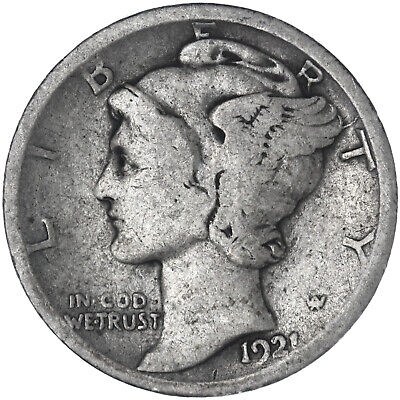Junk silver is a fascinating niche in the world of numismatics. These coins derive value from the silver content rather than their condition or rarity. However, within this seemingly ordinary collection, certain key dates are worth significantly more than their melt value. This article aims to guide you on how to identify these valuable coins, particularly the often-overlooked Mercury Dimes.
Understanding Junk Silver
Junk silver refers to U.S. coins minted before 1965 containing 90% silver. Examples include Mercury Dimes, Roosevelt Dimes, Washington Quarters, and Franklin and Kennedy Half Dollars.

While these coins are valued primarily for their silver content, some pieces have attained numismatic significance due to their rarity. Recognizing these key dates can significantly increase your returns when buying or selling junk silver.
What Makes a Date “Key”?
Key dates are minted in lower quantities or have historical significance, making them rarer and more sought after by collectors. Even in worn or circulated condition, these coins can fetch higher prices than their silver counterparts. For junk silver enthusiasts, identifying these dates can be a rewarding endeavor.
Spotting Key Dates in Mercury Dimes
Mercury Dimes, minted from 1916 to 1945, is a popular collector series. They are also commonly found in junk silver collections. Here are some key dates to look for:
- 1916-D: This is the most famous key date in the Mercury Dime series. With only 264,000 minted, it is highly sought after by collectors.
- 1921 and 1921-D: These silver dimes had lower mintages due to the economic conditions post-World War I, making them more valuable.
- 1942/1 and 1942/1-D Overdate: These error coins are known for their unique overdate and are highly prized.
Identifying Key Date Coins
You’ll need a magnifying glass or loupe to examine the date and mint mark closely to identify key date coins. Here are some steps to follow:
- Gather Your Tools: A magnifying glass, a coin reference book, and a good light source are essential.
- Examine the Coin: Look closely at the date and mint mark. Key dates often have distinct features or errors.
- Consult Resources: Use numismatic websites, price guides, and forums to confirm your findings.
Other Junk Silver Key Dates
While Mercury Dimes are a significant focus, other coins in the junk silver category also have key dates. Here are some to consider:
| Coin Type | Key Date(s) | Estimated Value |
|---|---|---|
| Roosevelt Dime | 1949-S, 1955 | Varies; higher than melt value |
| Washington Quarter | 1932-D, 1932-S | Significantly higher than melt value |
| Franklin Half Dollar | 1949-S, 1955 | Moderate premium over melt value |
| Kennedy Half Dollar | 1964 Accented Hair | Higher than melt value |
Why Key Dates Are Worth More
Key date coins are worth more because of their relative scarcity and demand among collectors. While the silver content provides a base value, the numismatic interest significantly boosts the price. Collectors are willing to pay a premium for coins that complete or enhance their collections, particularly those with historical significance or minting anomalies.
Tips for Buying and Selling Junk Silver
For those interested in buying or selling junk silver, here are some tips:
- Research: Stay informed about current market prices and trends in the numismatic world.
- Network: Join numismatic groups and forums to gain insights from experienced collectors.
- Authenticate: Ensure that any key date coins are authenticated by reputable sources to avoid fakes.
Conclusion
Spotting key dates in junk silver can be both exciting and profitable for numismatists and enthusiasts alike. You can enhance your collection or investment portfolio by understanding which coins are more valuable due to their rarity and historical context. Remember, thorough research and keen observation are your best tools in identifying these hidden gems. Whether you’re a seasoned collector or a novice, the world of junk silver offers a treasure trove of opportunities waiting to be discovered.
